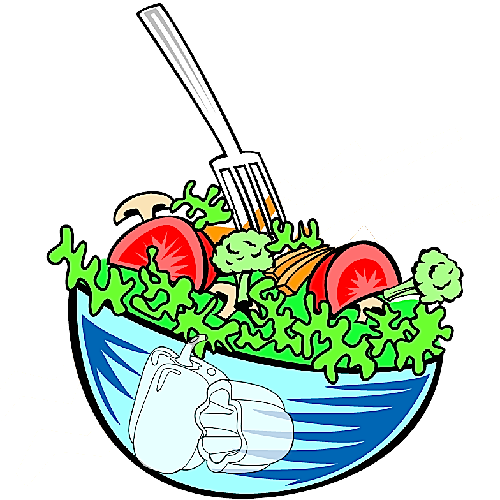Is the writing on the wall for hydroponics? Vertical Farming Daily reports on trials for aeroponics in an adapted hydroponics line. The new technology has to fit in with existing installations to stand a cat in hell’s chance of being considered, but rises to the challenge of producing crops faster using less water. The plug and play modification showed increased yields of just over 20% in trials organised by aeroponics developer Lettus Grow, using the firm’s Aeroponics Rolling Beds (ARB).
These replacement growing trays keep seedlings suspended in the air, receiving nutrients in a carefully controlled fine mist at fixed intervals. To eliminate any risk of blocked nozzles, the Lettus system uses ultrasonic technology to shake droplets of growing solution into the roots of the crop, generating a fine mist.
The application of the nutrient mist can be very closely controlled, keeping the growing medium dry and making the crop easier to manage. The technology is being trialled in widely varying situations. Farming family business GH Dean & Co Ltd in Kent is partnering with grower Ro-Gro in a bid to speed up the development of a new revenue stream, redefining the rate at which a return can be earned on a new agricultural activity.
HM Prison Hewell is using aeroponics to train inmates in the new techniques. As well as growing fresh food for inmates there is enough to sell outside the establishment, too. Local action group Cultivate is creating a local food network to feed communities around Newtown, Powys, while Grow It York is looking to develop food strategy with aeroponics.
Vertical farming has much to commend it. By focussing on one stage of plant development it is easy to miss one important detail, though. Since it does not complete the plants’ life cycle, it does not generate seed stock for further crops. This remains as an input in the sector’s otherwise admirable environmental credentials.



